What Is Thyronectria Canker – Learn About Thyronectria Canker Treatment
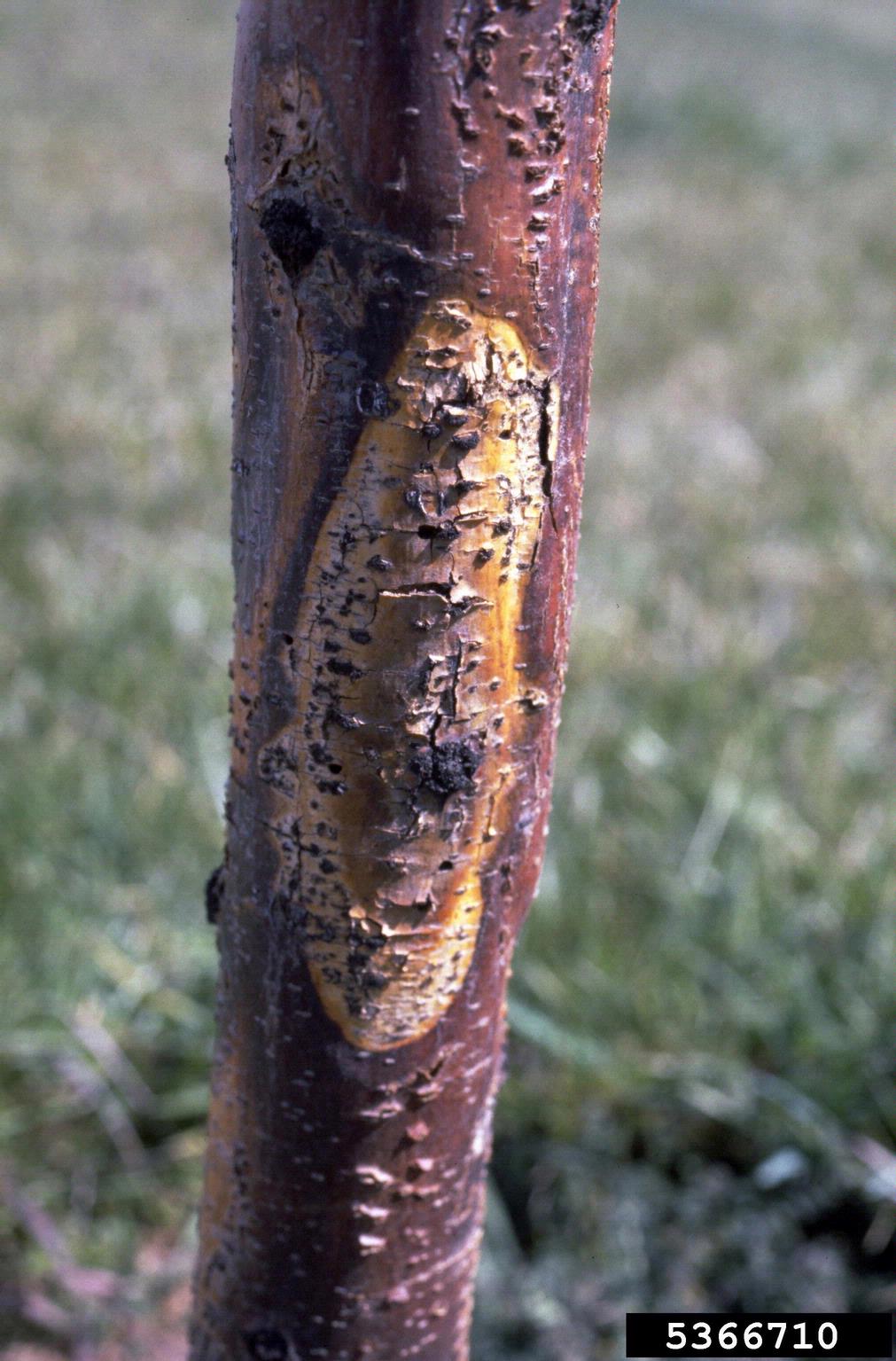

The establishment of mature shade trees is of great importance. Not only are these trees able to improve the overall appeal of yard spaces, but also provide much needed cooling during the hottest portions of the summer. Shade trees, such as the honey locust, also attract native wildlife, pollinators, and beneficial insects. It is easy to see why learning to maintain the health of these plants is paramount.
Becoming more familiar with potential diseases that may impact or diminish tree health is one way to accomplish this. Thyronectria canker on honey locusts, for instance, is an infection that can cause undue plant stress and decline. You can learn more about it here.
What is Thyronectria Canker?
Thyronectria canker on honey locusts is caused by a fungus called Pleonectria austroamericana. In most cases, ideal conditions for Thyronectria infections occur during extended periods of drought. Stressed honey locust trees are most susceptible when damaged by strong storms or maintenance routines like branch removal or pruning.
Thyronectria Canker Symptoms
Thyronectria canker symptoms are fairly easy to observe. From a distance, growers may first notice that infected portions of the tree have started to die back, drop leaves, or turn yellow prematurely. Upon closer examination, cankers on the tree branches or trunk present themselves as reddish oval-shaped lesions.
These cankers will most often be covered with darker-colored fungal fruiting bodies. The severity of the infection will greatly depend upon the location in which the cankers occur. While some cankers may only affect branches of the tree, others located near the trunk can cause complete loss.
Thyronectria Canker Treatment
Prevention will be key in Thyronectria canker treatment. To promote the overall health of honey locust trees, homeowners should do their best to avoid damaging their trees throughout the growing season, such as with pruning or hitting trunks with a weedeater. These tree “injuries” often serve as entry points for the fungus.
Like any other canker, treating Thyronectria canker is difficult. In fact, once Thyronectria canker on honey locust has taken hold, there is no remedy, aside from the removal of infected trees or branches. If pruning or the removal of branches is required, growers should make certain to disinfect their garden tools between cuts in order to reduce the spread of spores. All infected plant matter should be removed from the garden.
Gardening tips, videos, info and more delivered right to your inbox!
Sign up for the Gardening Know How newsletter today and receive a free copy of our e-book "How to Grow Delicious Tomatoes".
While there is no particular method to prevent Thyronectria canker on honey locusts, homeowners can also reduce the chances of infection by choosing cultivars that are more resistant to the fungus. Honey locust cultivars such as ‘Imperial,’ ‘Skyline,’ and ‘Thornless’ have demonstrated the most consistent resistance to this disease.

Tonya Barnett has been gardening for 13 years. Flowers are her passion. She has transformed her backyard into a cut flower garden, which she regularly chronicles on her YouTube channel http://www.youtube.com/@tonyawiththeflowers.
-
 Looking For Plants To Give You The Soft And Fuzzies? Try These 5 Fuzzy Leaf Plant Options
Looking For Plants To Give You The Soft And Fuzzies? Try These 5 Fuzzy Leaf Plant OptionsLovers of texture, drama, silver foliage and tactile plants will adore these special sensory garden additions. These fuzzy leaf plant options will leave you all aglow
By Susan Albert
-
 Get Ready For A Summer Of Hummers! Grow These Full Sun Hummingbird Plants and Flowers
Get Ready For A Summer Of Hummers! Grow These Full Sun Hummingbird Plants and FlowersIf you’re lucky enough to enjoy a sunny backyard, make sure you are maxing out on your pollinator opportunities and grow these full sun hummingbird plants and flowers
By Tonya Barnett
-
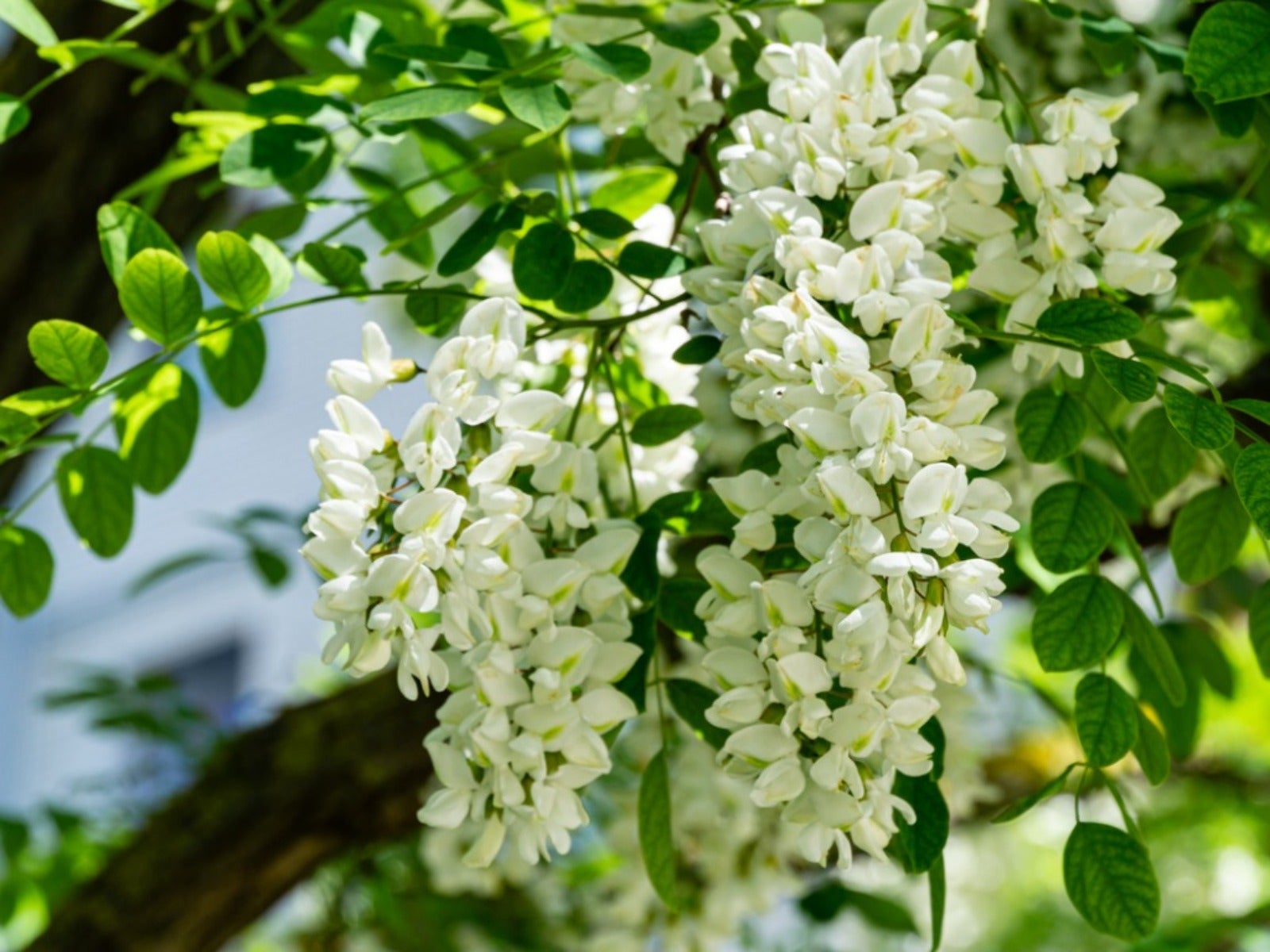 Are Black Locust Trees Invasive Even Though They’re Native?
Are Black Locust Trees Invasive Even Though They’re Native?Is the black locust tree a stunning ornamental or an extremely invasive undesirable? Read on for the curious answer.
By Teo Spengler
-
Twisty Baby Locust Care: How To Grow A Twisty Baby Locust Tree
If you’re looking for a dwarf tree with year-round interest, try black locust ‘Twisty Baby’ with a unique contorted form. Click here for more info.
By Amy Grant
-
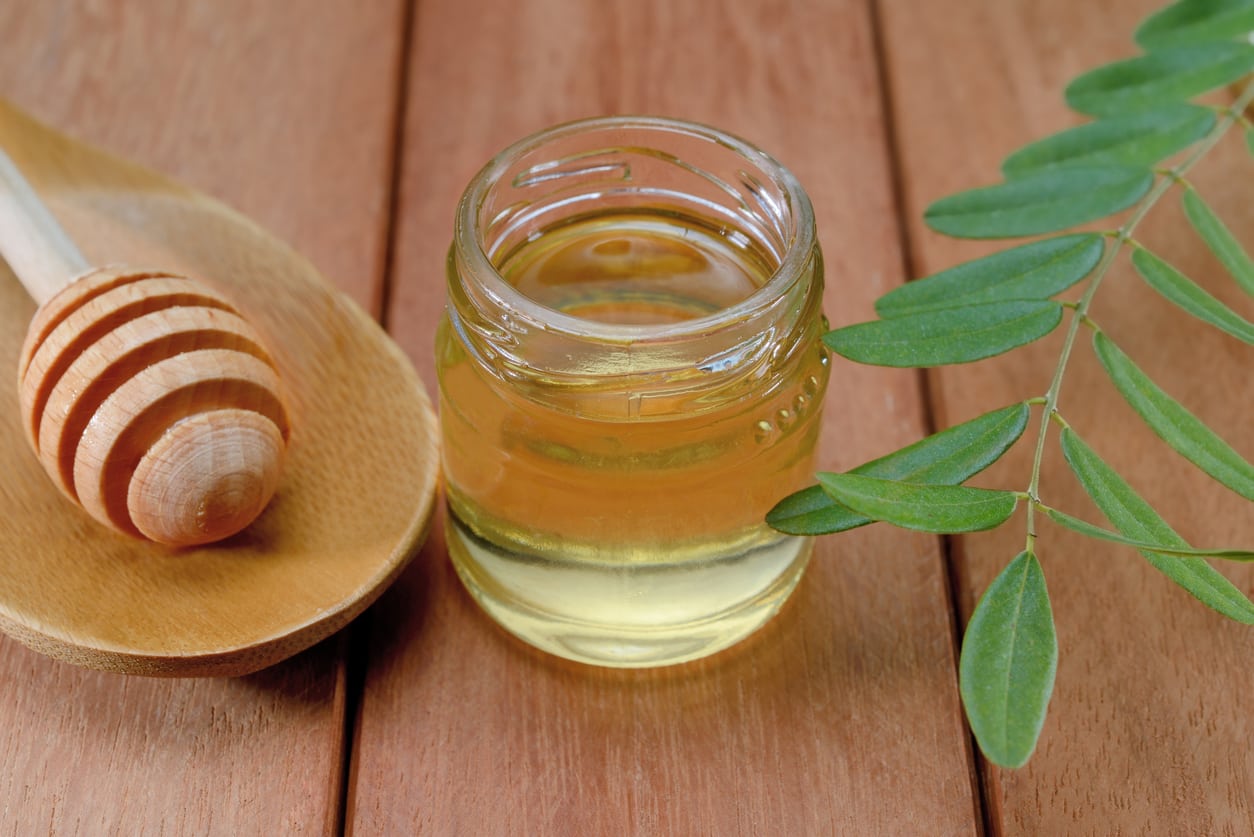 What Is Acacia Honey: Learn About Acacia Honey Uses And Benefits
What Is Acacia Honey: Learn About Acacia Honey Uses And BenefitsWhere does acacia honey come from? Maybe not where you think it does. Click this article to find out the answers to these questions, as well as acacia honey uses and more fascinating acacia honey information.
By Amy Grant
-
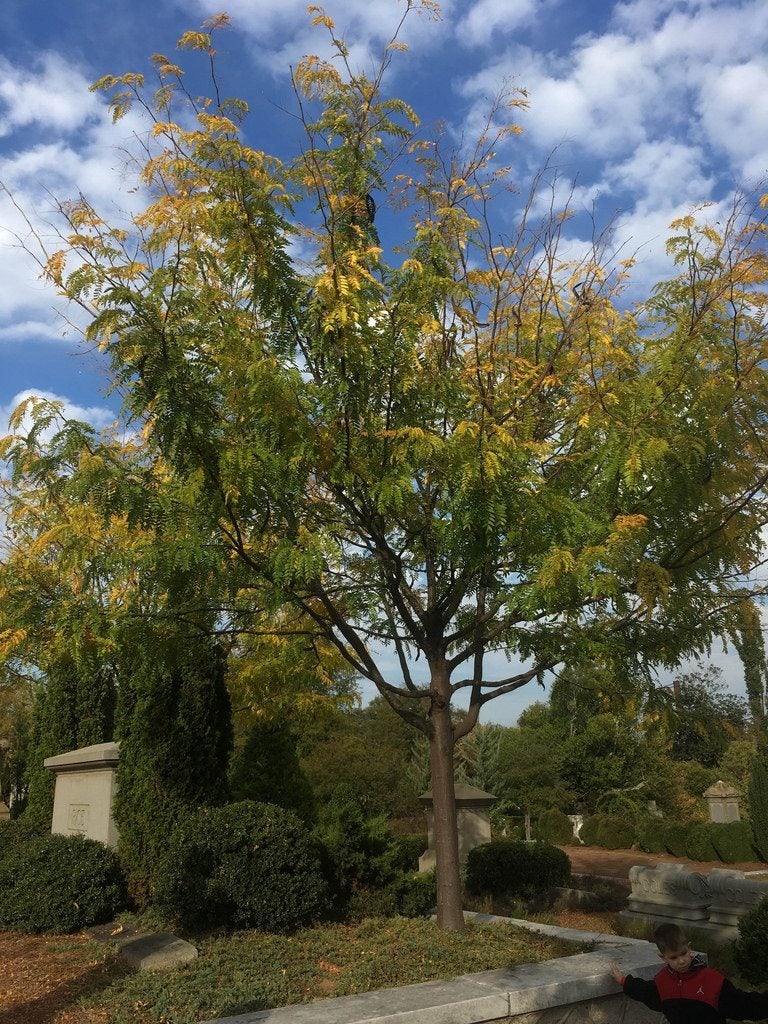 Skyline Honey Locust Care: Learn How To Grow A Skyline Locust Tree
Skyline Honey Locust Care: Learn How To Grow A Skyline Locust TreeUnlike other honey locust varieties, Skyline is thornless. These thornless honey locusts are great additions to the landscape as a shade tree. Interested in growing Skyline honey locusts? Click on this article to find out how to grow a Skyline locust tree.
By Amy Grant
-
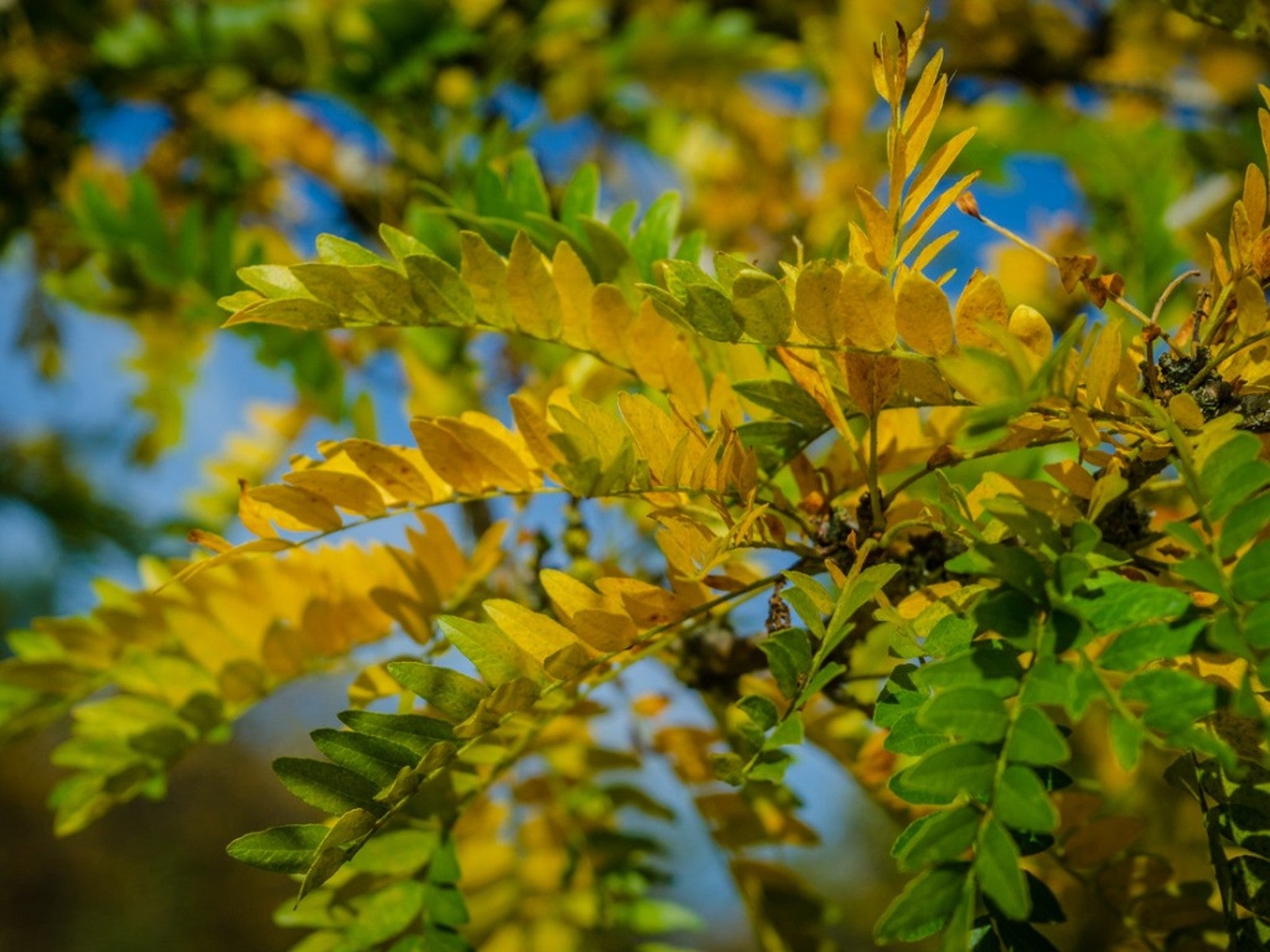 Honey Locust Information – How To Grow A Honey Locust Tree
Honey Locust Information – How To Grow A Honey Locust TreeHoney locust is a popular deciduous landscaping tree, especially in cities, used for shade and the small leaves don't need to be collected in the fall. A little bit of honey locust information is all you need to start growing this tree in your yard. This article will help with that.
By Mary Ellen Ellis
-
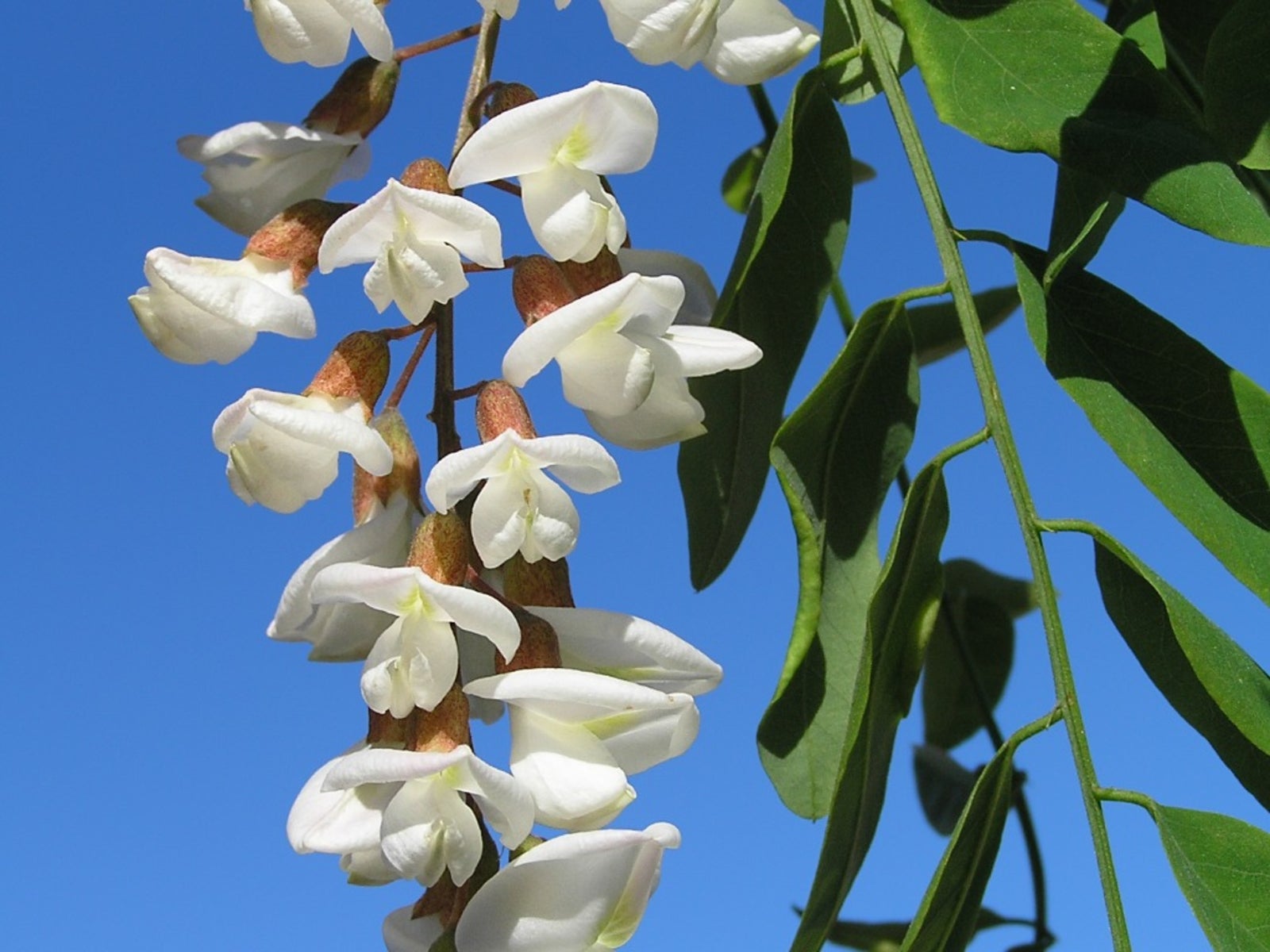 Black Locust Trees For Landscaping: Tips On Growing Black Locust Trees
Black Locust Trees For Landscaping: Tips On Growing Black Locust TreesBlack locust trees are at their best in late spring. Growing black locust trees is easy, but they can become weedy if you aren't diligent about removing suckers. Read here for more black locust information.
By Jackie Carroll
-
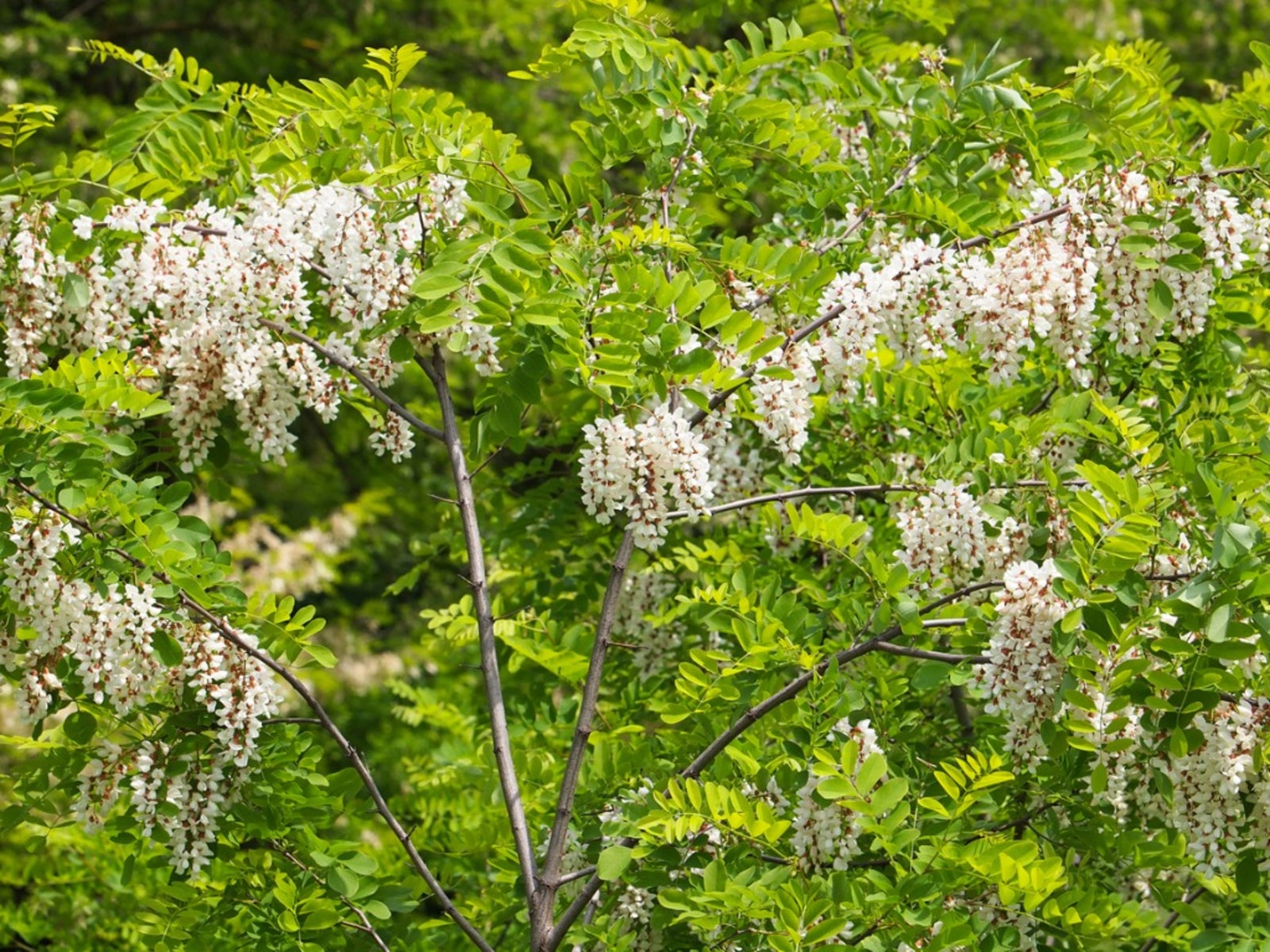 Locust Tree Information - Types Of Locust Trees For The Landscape
Locust Tree Information - Types Of Locust Trees For The LandscapeLocust trees produce large clusters of pea-like flowers that bloom in spring followed by long pods. Growing locust trees is easy and they adapt well to lawn and street conditions. Learn more here.
By Jackie Carroll